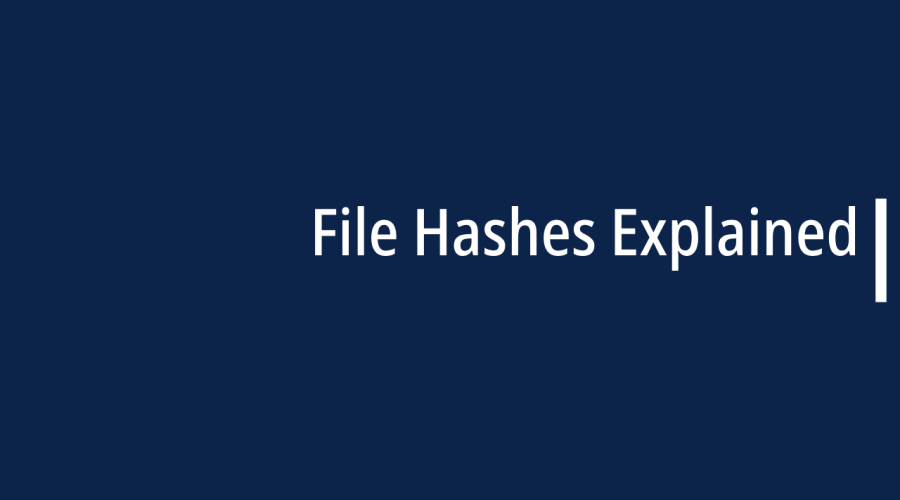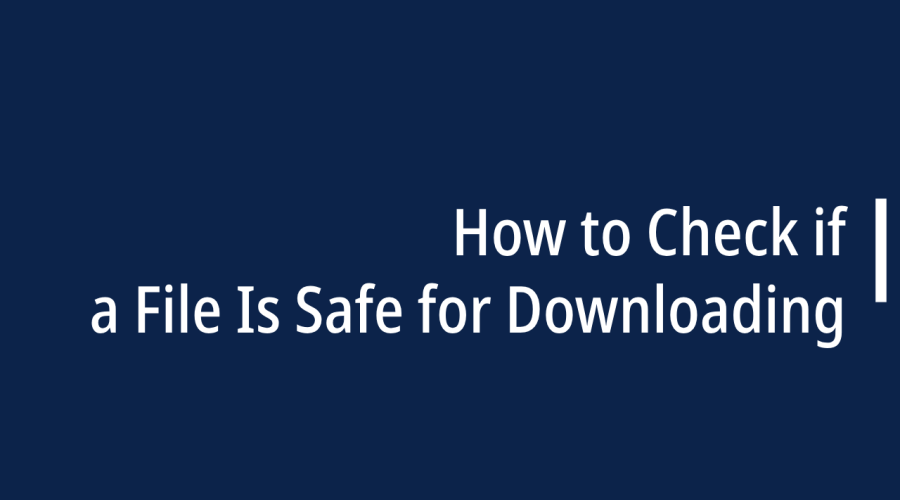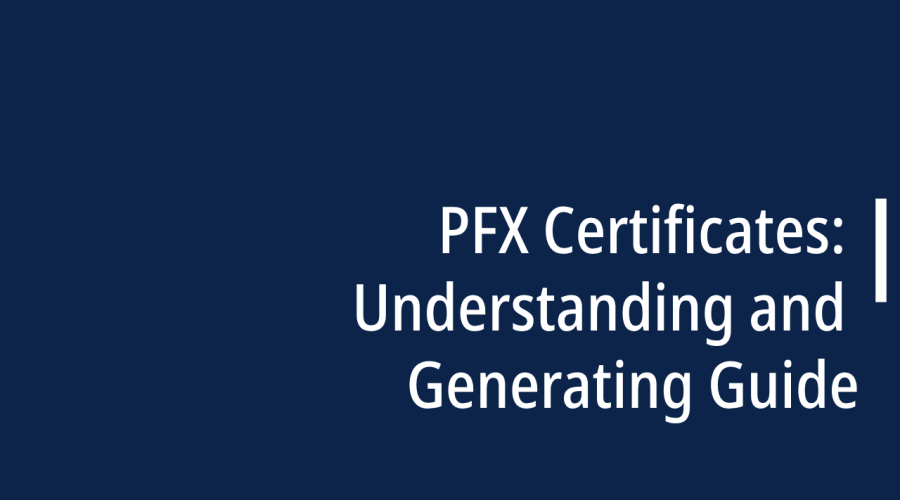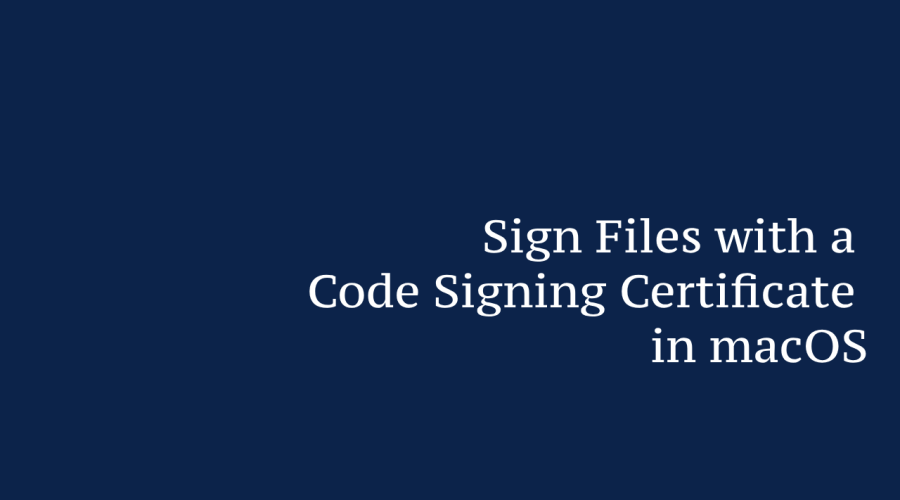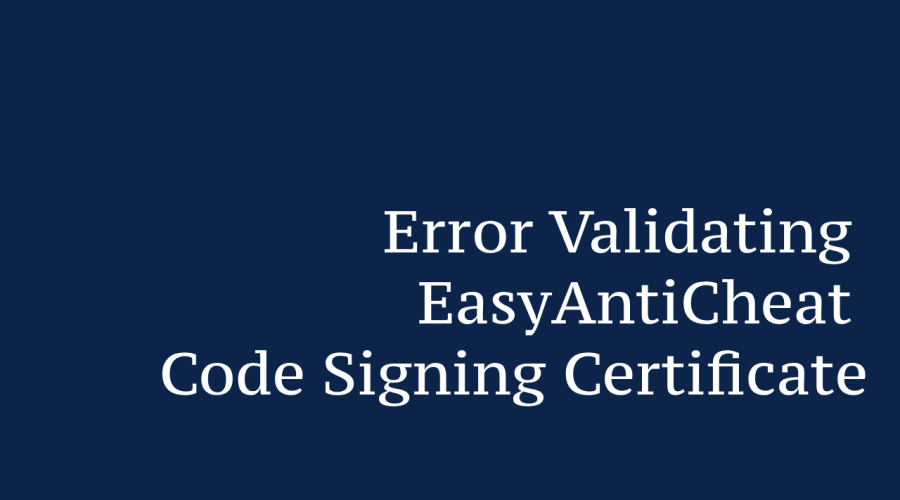File Hashes Explained Ensuring Data Integrity and Security
A file hash, also known as a hash value or simply a hash, is a fixed-size string of characters or numbers generated by applying a mathematical function, called a hashing algorithm, to the content of a file or a data set. This hash value is unique to the specific content
Read moreHow to Check if a File Is Safe for Downloading A Comprehensive Guide
Downloading files from the internet is a routine task, but it comes with risks. Malicious software, viruses, and malware can be concealed within seemingly harmless files. To ensure your digital safety, it's crucial to know how to check if a file is safe before downloading it. In this comprehensive guide,
Read moreHow to Install OV Code Signing Certificates?
1. Open the downloaded PFX file obtained from SSL.com by giving it a double-click. The file name will typically have a ".p12" extension. 2. Upon doing so, the Certificate Import Wizard will be launched. Depending on your desired scope, you'll need to choose whether to install the certificate for the
Read moreHow to Sign a PowerShell Script? – Step By Step Guide
PowerShell has emerged as a powerful tool for system administrators and developers alike. However, with great power comes great responsibility, especially when it comes to ensuring the security and integrity of your scripts. One crucial aspect of script security is code signing. In this comprehensive step-by-step guide, we will walk
Read moreWhat is a PFX Certificate and How to Generate It?
In the realm of cybersecurity and digital authentication, PFX certificates stand as crucial tools for safeguarding data integrity and establishing trust in online interactions. A PFX certificate, also known as a Personal Information Exchange file, plays a pivotal role in encrypting and digitally signing sensitive information, enhancing security, and ensuring
Read moreHow Do I Sign a File with a Code Signing Certificate in MacOS? A Complete Guide
Code signing is a vital practice in ensuring the authenticity and integrity of software on macOS. By digitally signing files using a code signing certificate, developers can establish trust with users and prevent unauthorized tampering. This guide will walk you through the process of signing files with a code signing
Read moreTPM vs. HSM Key Differences, Features, and Use Cases
In the ever-evolving landscape of cybersecurity, technologies like TPM (Trusted Platform Module) and HSM (Hardware Security Module) have emerged as critical components for safeguarding sensitive data and ensuring digital trust. While both TPM and HSM play pivotal roles in enhancing security, they serve distinct purposes and cater to diverse use
Read moreResolving the Error Validating EasyAntiCheat Code Signing Certificate
Gamers and developers often encounter the infamous "Error Validating EasyAntiCheat Code Signing Certificate." This error can disrupt the gaming experience, leaving players frustrated and developers perplexed. Fear not, for this blog aims to demystify the error and guide you through the steps to overcome it, ensuring a seamless gaming journey.
Read moreVisual Studio Code Signing Certificate – A Complete Guide
The digital landscape is teeming with software applications that serve various purposes, from enhancing productivity to delivering entertainment. However, the rapid growth of the digital realm has also brought about an increase in cyber threats and concerns about the security of software. This is where Visual Studio Code Signing Certificates
Read moreWhat’s Synthetic Testing? A Complete Companion
Synthetic testing, also known as synthetic monitoring or visionary monitoring, is a way to identify performance issues with crucial stoner peregrinations and operation endpoints before they degrade stoner experience. Companies can work synthetic testing to proactively cover the vacuity of their services, the response time of their operations, and the
Read more